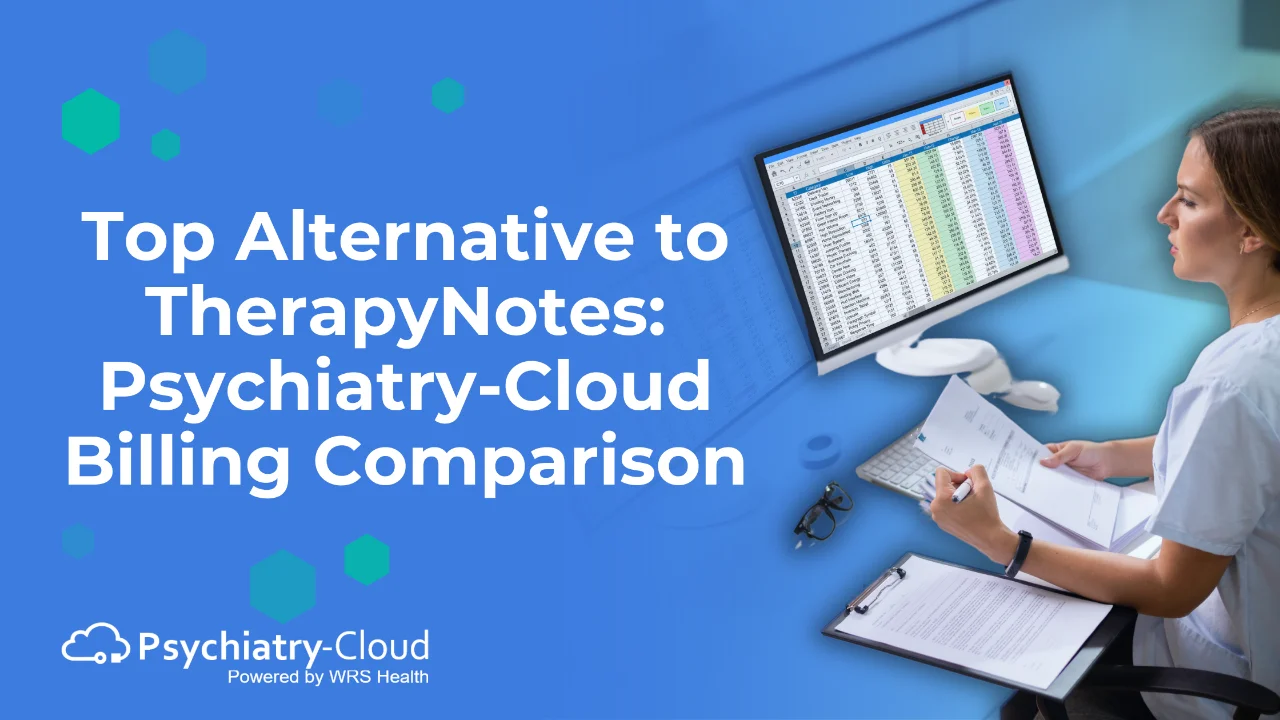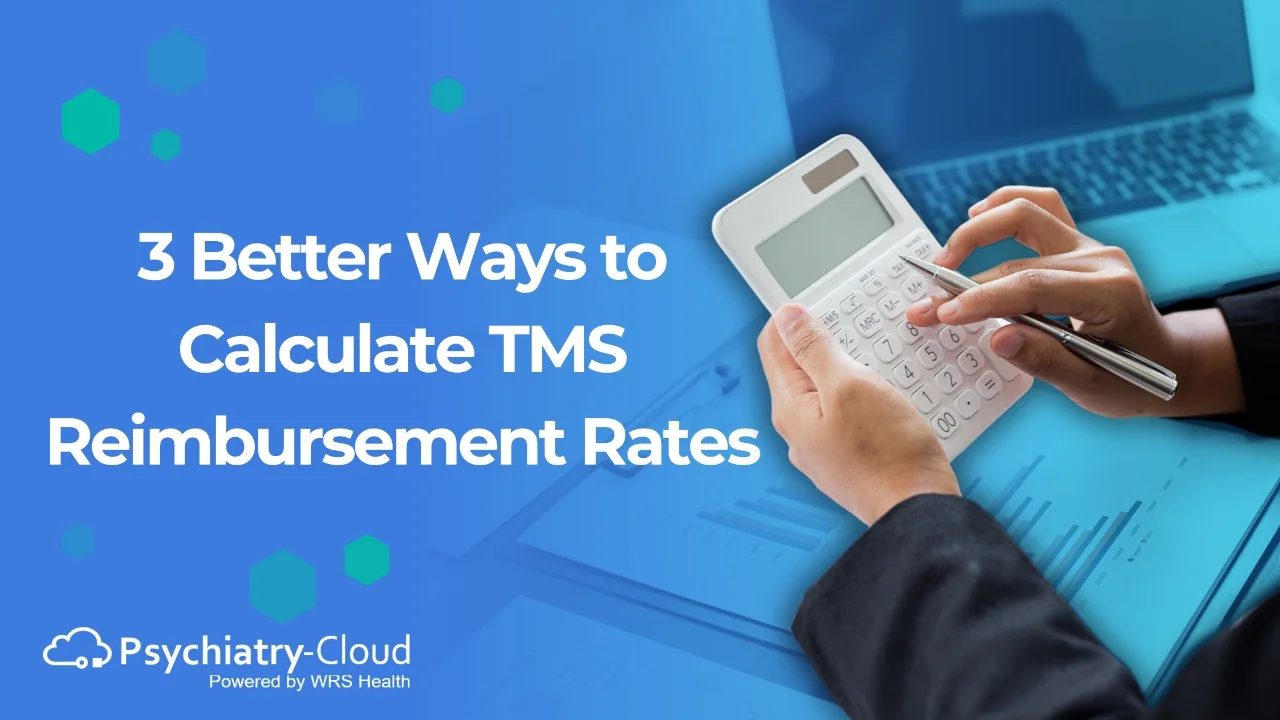Imagine a typical day at your behavioral health practice. Your schedule includes a mix of new patient evaluations, follow-up appointments, and therapy sessions. A new patient, Sarah, is scheduled for a 9:00 AM appointment. Due to the detailed nature of her intake process, which involves discussing her medical history, current symptoms, and previous treatment plans, her appointment runs over the allocated hour and lasts until 10:30 AM.
As you move to John’s appointment, you quickly realize that his anxiety has escalated due to the prolonged wait. So instead of focusing on his treatment progress, the session starts with addressing his heightened anxiety, which takes additional time. By the time John’s session ends, it’s already 11:30 AM, and the next two patients, both scheduled for 11:00 AM and 11:30 AM, are now significantly delayed.
Now the flow of your patients is disrupted, which will probably take the rest of the afternoon to sort out.
Problems due to lack of proper patient flow
- Patient Dissatisfaction: Extended wait times cause frustration and dissatisfaction among patients, especially those already dealing with anxiety and other mental health issues. This negative experience can lead to a lack of trust in your practice and reluctance to continue treatment.
- Increased Anxiety and Stress: For patients like John, the extended wait exacerbates their anxiety. This makes the treatment session less effective as it starts with calming the patient down rather than focusing on their progress.
- Decreased Treatment Adherence: Patients may become less likely to adhere to treatment plans or attend follow-up appointments if they associate your practice with long wait times and poor time management.
- Operational Inefficiency: The entire day’s schedule gets disrupted, causing a domino effect where each subsequent appointment starts late, further compounding the problems.
- Staff Burnout: Your staff, including yourself, faces increased pressure to catch up, leading to rushed appointments and potential burnout from trying to manage an overextended schedule.
Understanding each step of a patient’s visit enables you to make decisions that enhance both workflow and patient satisfaction.
What are Patient Flow Analytics?
It involves collecting and analyzing data on how patients move through your practice. This can include everything from the time they check in, times in the waiting room, how they receive care, and check out.
Financial Benefits of Improved Patient Flow
If you manage this aspect efficiently in your practice, it can significantly cut operational costs. Only when you discover and address inefficiencies, such as unnecessary delays or redundant processes, can you streamline operations and eliminate waste.
Increased Revenue Through Better Resource Management
An improved patient flow process not only saves money but also boosts revenue. With more scheduling efficiency, you can see more patients without sacrificing care quality. For instance, if analytics show that certain appointment slots are underutilized, you can adjust your schedule to fill these gaps, effectively increasing your capacity.
How to Implement Patient Flow Analytics in Your Practice
To start, you need to select the right tools and technologies. You’ll need software that can seamlessly integrate with your existing EHR system to collect and analyze data without disrupting your workflow.
- EHR Integration: Choose software that integrates smoothly with your existing EHR system.
- Real-time Analytics: Ensure the tools provide real-time data and customizable reports.
- Predictive Analytics: Consider tools with predictive capabilities to anticipate patient needs and adjust schedules proactively.
Training Staff to Utilize Data Effectively
Once you’ve selected the appropriate tools, it’s essential to train your staff to use them effectively. Data is only as useful as the ability to interpret and act on it. Training should cover how to navigate the analytics software, understand the metrics being measured, and apply the insights to improve patient flow.
- Data Collection Methods: Set up efficient data collection processes, such as using digital check-in systems or a tracking software.
- Staff Training: Emphasize ongoing staff training from the start to ensure everyone understands how to use the tools and interpret the data.
- Regular Reviews: Establish regular review meetings to analyze your data, discuss findings with your team, and adjust processes as needed.
- Pilot Programs: Start with a pilot program to test the effectiveness of patient flow analytics on a smaller scale before rolling it out across the entire practice. This can help in fine-tune the approach and address any issues early on.
Monitoring and Continuous Improvement
Patient flow analytics require continuous monitoring and improvement; it’s not just a one-time effort.
Wrapping up…
By identifying inefficiencies and making targeted improvements, you can enhance both operational efficiency and patient satisfaction. A data-driven approach ensures that every part of your practice works more smoothly, from reducing wait times to optimizing staff schedules.
Want to know how to improve the patient flow in your practice?
Get a report on how to improve your practice’s operations.








